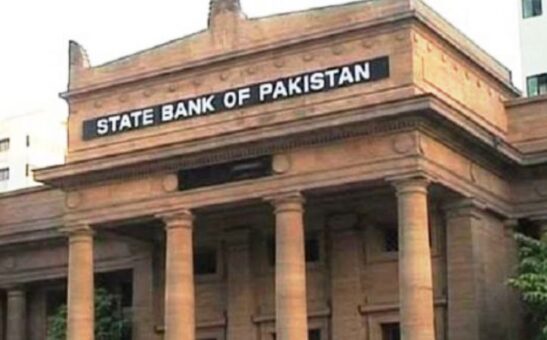KARACHI – Pakistan’s domestic debt has witnessed a substantial increase of 13.6 percent, reaching Rs17,536 billion by the end of December 2018, compared to Rs15,437 billion in the same month the previous year, according to data released by the State Bank of Pakistan (SBP) on Friday.
The central bank’s statistics provide insights into various components of government domestic debt and liabilities, shedding light on permanent debt, floating debt, unfunded debt, and foreign currency loans.
The permanent debt of the government exhibited a decline of 13 percent, settling at Rs4,377 billion by the end of December 2018, in contrast to Rs5,033 billion in the corresponding month of the previous year. Within the permanent debt category, the burden of federal government bonds decreased to Rs3,445 billion from Rs4,237 billion. However, prize bonds, including registered prize bonds, saw an increase, reaching Rs928 billion compared to Rs792.7 billion.
Conversely, the floating debt witnessed a significant surge, jumping by 35.56 percent to Rs10,288 billion by the end of December 2018, up from Rs7,589 billion in the same month the previous year. This increase in floating debt includes government loans for budget financing through Market Treasury Bills (MTBs), which rose to Rs5,318 billion from Rs4,830 billion. Additionally, MTBs for cash replenishment increased to Rs4,970 billion, up from Rs2,552 billion.
The unfunded debt remained relatively stable at Rs2,865 billion by the end of December 2018, compared to Rs2,810 billion. Within this category, savings schemes amounted to Rs2,725 billion, an increase from Rs2,677 billion.
Furthermore, domestic liabilities, reflecting provincial governments’ borrowing from banks for commodity operations, experienced an uptick, reaching Rs504 billion, compared to Rs452 billion.
As a result, the total government domestic debt and liabilities reached Rs18,040 billion by December 2018, marking a significant rise from Rs15,889 billion in the same month of the preceding year.
The increase in domestic debt highlights the fiscal challenges faced by the government as it navigates economic dynamics and works towards managing debt sustainability. While domestic borrowing can be a tool for financing government expenditures, careful management is crucial to ensuring a balance between debt accumulation and sustainable economic growth.
The State Bank of Pakistan’s data serves as a critical indicator for policymakers, economists, and stakeholders to assess the state of the country’s fiscal health and make informed decisions to address economic challenges. As the government grapples with economic complexities, effective debt management remains a key component of the broader strategy for financial stability and sustainable development.
